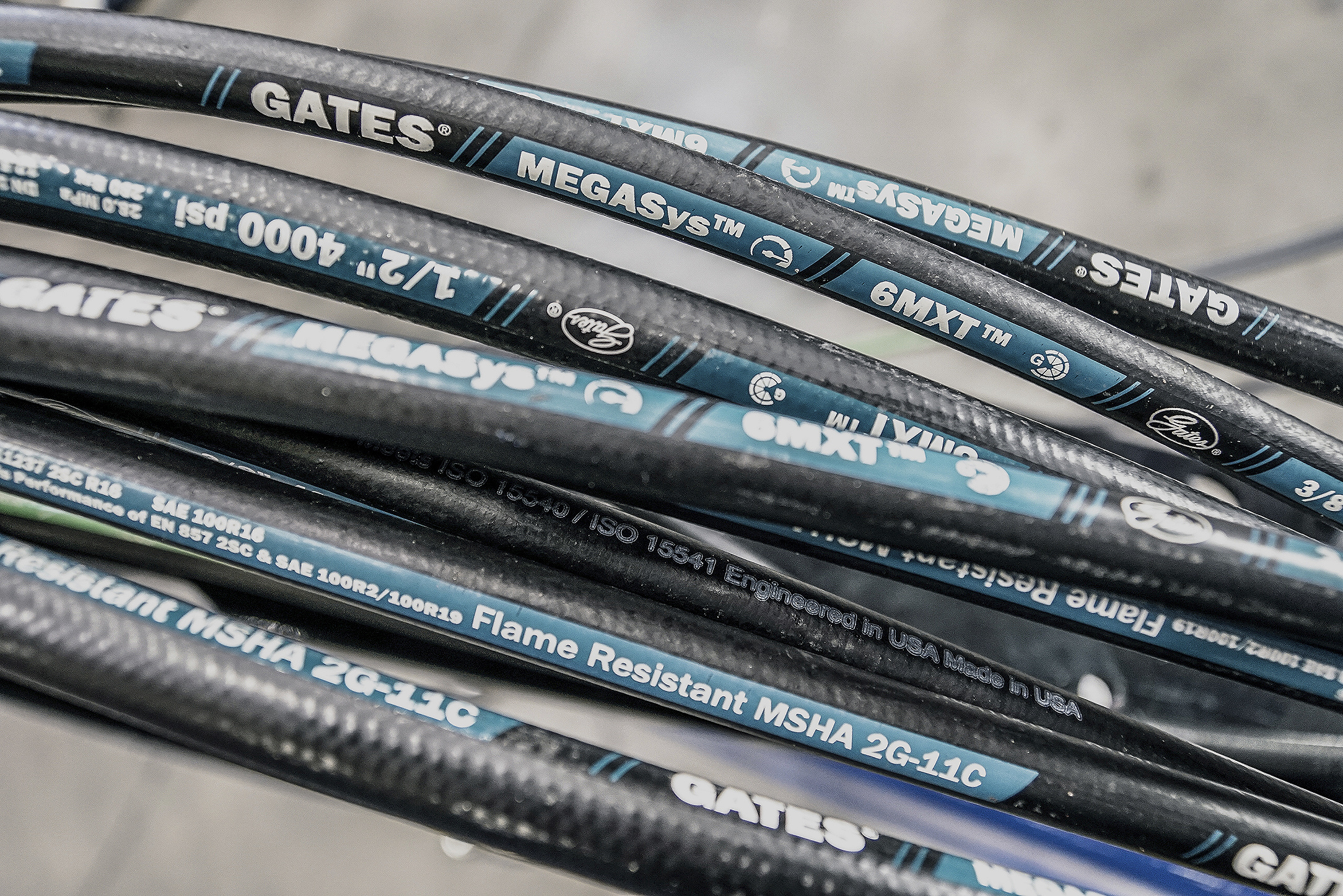The infrastructure challenges
Current logistics infrastructure programmes are built around ICEs. Ports, including sea, freight and air rely on an intermodal transport model with containers or cargo moving between vehicle types from arrival to destination. The majority of these movements include several different vehicles, many of which require high torque engines to deliver power to hydraulic systems to lift thousands of tonnes at a time.
Considering this, the fuel usage across a single port location like Rotterdam, one of the most advanced in the world, reaches into the millions of gallons annually, as discussed in our whitepaper.
The major challenge, however, comes in the electrification of the ports themselves. On average electric vehicles can take anywhere between 30 minutes and several hours to charge, meaning most ports will need to utilise rapid charging units to ensure downtime is kept to a minimum. On average a charging hub with up to 30 chargers could cost €21 million to install, factoring in the number of forklifts and trucks on-site. Ensuring the portside has enough chargers could cost almost triple that figure.
This may be viable for larger ports that have million-euro investment funds like Rotterdam, but for less advanced ports, these costs could delay the transition from ICE to alternative fuels past the 2050 global decarbonisation goal.
On top of the portside, millions of ICE trucks pass through the port every year, with the port being both a final destination and initial collection point for cargo. Because of this, ports will have an obligation, whether new or old, to ensure high-speed truck recharging points are positioned in or near to the port otherwise they could lose out on business.
To add to this already bloated cost of electrification, these truck charging points will need to be ultra-rapid, otherwise, truck operators could find themselves with vehicles being down to charge from a little as a few hours right the way up to 20 hours, depending on the battery capacity, if they charge on a standard 42kW AC charger.
Hydrogenation
Whilst hydrogen is mainly being touted as a more practical successor to internal combustion for the long-range market, thanks to the speed at which a vehicle can refuel, it may also serve as a solution for high-traffic port areas, including airports.
Whilst most agree and believe that electric power works well for urban environments or short-haul journeys like buses or construction vehicles, there’s a crucial difference. That difference comes in the form of work hours. Vehicles operating in ports, airports and road freight stations often work 24 hours a day and can’t, therefore, afford to be down longer than 10-15 minutes for charging, a challenge long distance trucks must overcome, as explained in our recent research paper.
This is where some believe hydrogen has the upper hand. Whilst the cost of installing a hydrogen refuelling station comes in at an average of €32 million, €11 million more than an EV charging station, time to refuel is drastically lower than recharging, saving money in the long run.
In addition to reducing downtime, hydrogen refuelling stations have the potential to generate fuel on-site through electrolysers or steam methane reformers, again, reducing costs through the lack of fuel transportation costs.
The speed of change
Clearly, with the transition to alternative drive trains, rising costs are to be expected, however, one key challenge is balancing the speed of change with the cost. Major ports like Rotterdam, Hamburg and others are already in the process of making changes, with many utilising autonomous container tractor vehicles to transport cargo once landed and loaded by forklifts and container lifts. These vehicles come with the benefit of reduced running costs due to a lack of paid drivers.
These vehicles have set a precedent and the rest of the ports will soon follow suit, including the utilisation of electric vehicles like container lifts and reach stackers. The worry is, however, that if major ports mandate that all vehicles entering in and out of the port vicinity must meet certain emission standards, then smaller operators, such as family-run outfits, could find themselves losing contracts due to the cost of replacing ICE vehicles.
This will quickly become an international issue that must be managed carefully to ensure no company that relies upon or forms any part of the supply chain is left behind by the rapid rate of electrification or hydrogenation, an issue all manufacturers and regulators must consider.
Investing in the future
In reality, alternative drive trains are the future and one we should all welcome, but there’s a fine line to ensure that an industry that runs like a well-oiled machine makes the transition as smoothly as its day-to-day operations. To do this the industry must come together to support in areas where support is needed. This could include the funding of EV charging points on the boundaries of ports by transit operators or city authorities to reduce the costs borne by private port operators. Or similarly, the installation of hydrogen refuelling stations by hydrogen manufacturers.
The logistics industry has a bright future with both hydrogen and EV technology making incredible strides. The next challenge is ensuring we can maintain the rate of change.
We discuss all these issues and review how alternative drivetrains will shape an industry in our on-highway whitepaper. Get inside the debate and download your copy today by clicking the link below.
